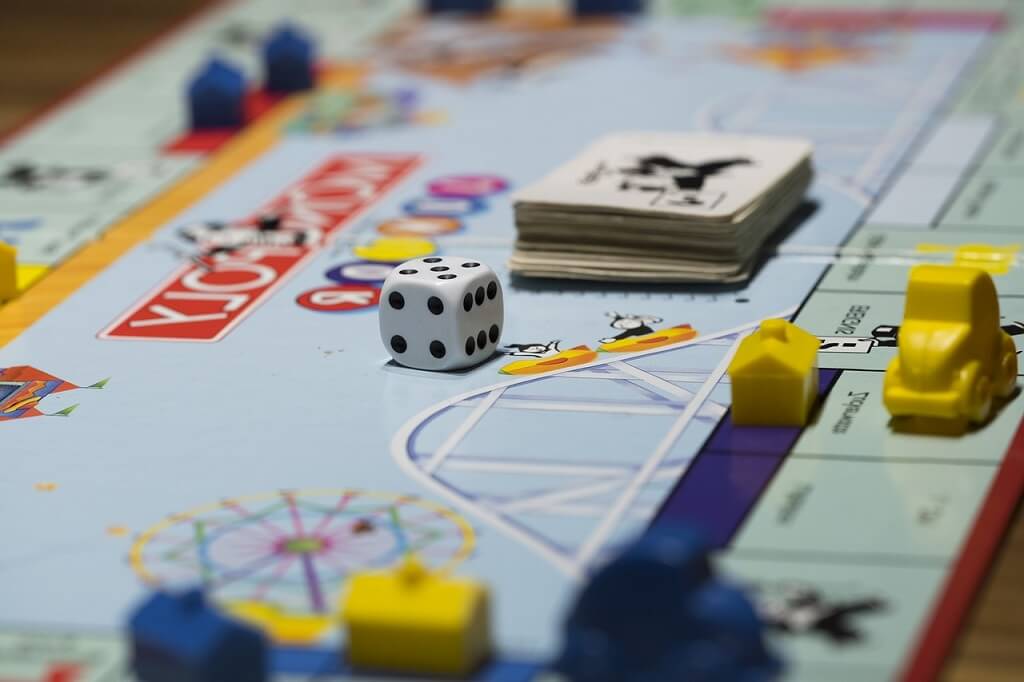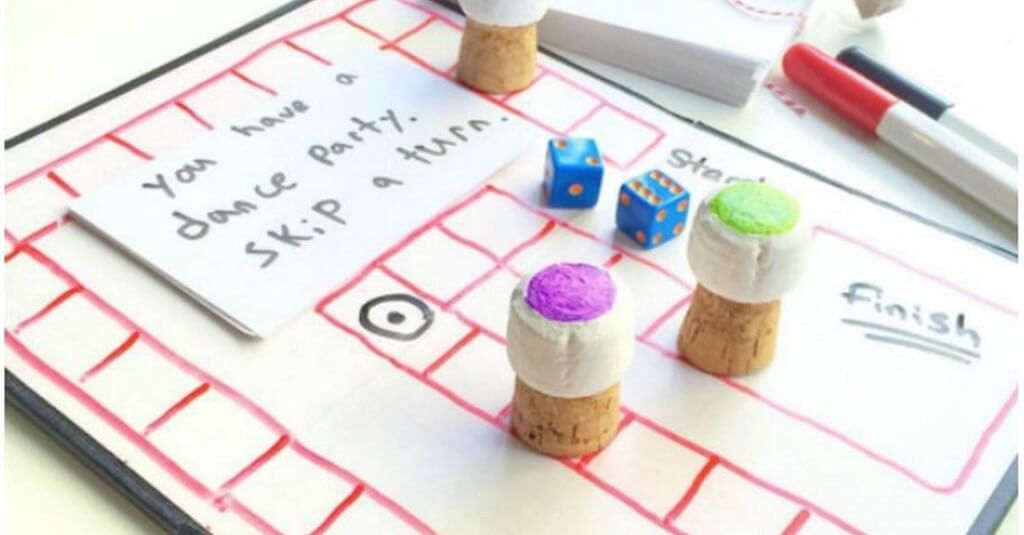Table of Contents
1: Think Like a Player
Before you even think about designing and creating your own board game, you need to think like a player. What type of game do you want to play? What is your goal in the game? What kind of games do players usually win? These are all important questions to consider before custom your board games.
Remember that players don’t always want to win by having the most money or points. Sometimes players just want to have fun, or they might not care if they win. If this sounds like a player you’re designing the game for, it can help if you incentivize them with something other than winning points or money. You could offer prizes for certain achievements, like getting out of jail or rolling five sixes in a row.
2: Decide What You Want to Include
One of the first steps in designing and creating your own board game is deciding what you want to include. What type of game are you going for? Do you want it to be educational? Do you want it to be a word-search game? Whatever you decide, write it down and take some time to think about it carefully. This can make or break how well your game turns out.
3: Make a List
You’ll need to come up with the idea for your game and then make a list of all the materials needed to create it. You need to list all the things your game will include. Ideas for games can range from anything such as a giant outdoor scavenger hunt to a board game where you help teach kids about science. Whatever you decide on, just be sure to write it down.
4: Write Your Game Description
One of the most important parts of your board game is how it looks and sounds. For your board game to be successful, you need to have a clear and concise description appealing to customers. You want to write a description that will draw people in by describing the fun things they can do in your game and their level of difficulty.
5: Brainstorm Card Names and Powers
One of the easiest ways to customize your game is to develop different card names and powers. You can do this by brainstorming or coming up with your own as you go.

6: Create Cards Based on Your Description
Now that you’ve figured your game board and game pieces out, it’s time to put the finishing touches on your game. These finishing touches come in the form of cards. Think of these cards as different scenarios that will happen during gameplay. You can include cards from a deck of pre-made playing cards or make your own playing cards. If you’re creating your deck, think about what type of card you want to use for each scenario. Do you want funny cards? Scary cards? Creative cards? Make sure to include a variety, so players don’t get bored with one type of card. Your cards should all be based on your description in Step One.
7: Playtest and Tweak as Needed
One of the most important steps in creating your own board game is playtesting. You might think you have designed a great game, but it’s not until you ask others to play that you know if the game is any good. Playtesters can give you insightful feedback on making your game better and what elements need to be tweaked. Don’t be discouraged if your first few playtests don’t go well; it often takes several iterations before we get a playable game. That’s okay, though; it just means that you will have a more polished final product.
8: Print and Play
Print and play is a great way to see if you’ve got the right balance on your game. You can also try out your game with friends and family members to get a sense of their thoughts. Playtest your game as much as you can because this will help you find any potential errors in your design. The more people you play with, the better.
